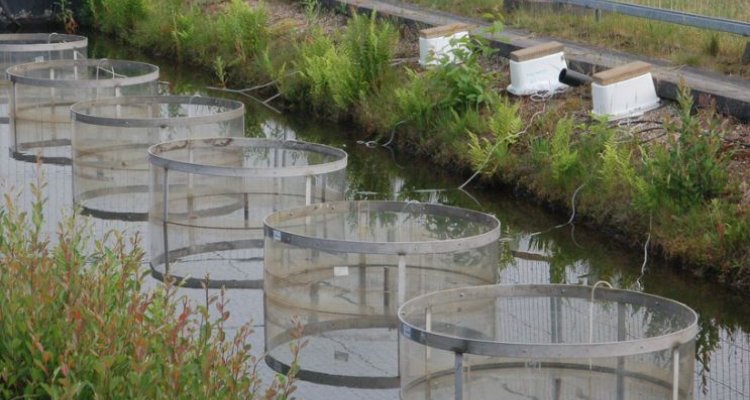
Facilities
The Sinderhoeve has a wide range of experimental facilities. In addition to experimental facilities such as ditches, enclosures, mesocosms and lysimeters, the Sinderhoeve also has a modest laboratory and meeting facility.
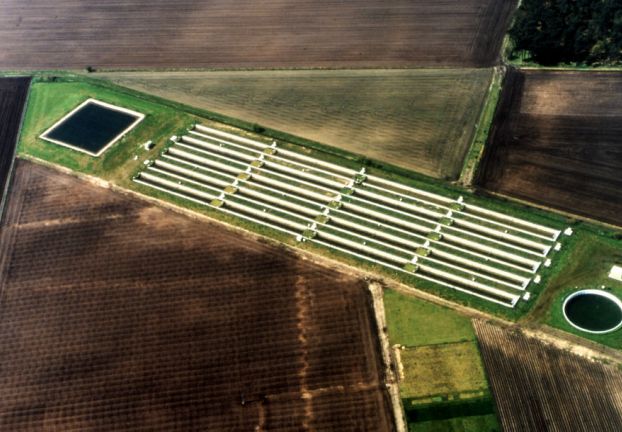
Ditches
Twenty ditches are used for the testing of non-persistent chemicals. The ditches are 40 meters in length, with a width of 3.3 m at the water surface and 1.6 m at the sediment surface, a water depth of approximately 0.5 m, a sediment depth of 0.25 m and a total volume of approximately 55 m3. They are only used for testing non-persistent chemicals.
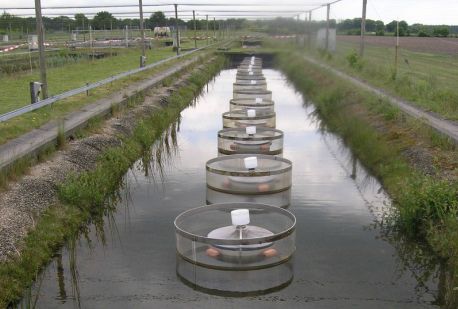
Enclosures
Round enclosures are used to increase the number of experimental units. Enclosures (diameter: 1.05 m; height: 0.9 m) can be placed within one or several ditches to increase the number of experimental units or create smaller test systems. Enclosures can be used in combination with emergence traps and the systems can be constructed to be phytoplankton-dominated or macrophyte-dominated. They are only used for testing non-persistent chemicals.
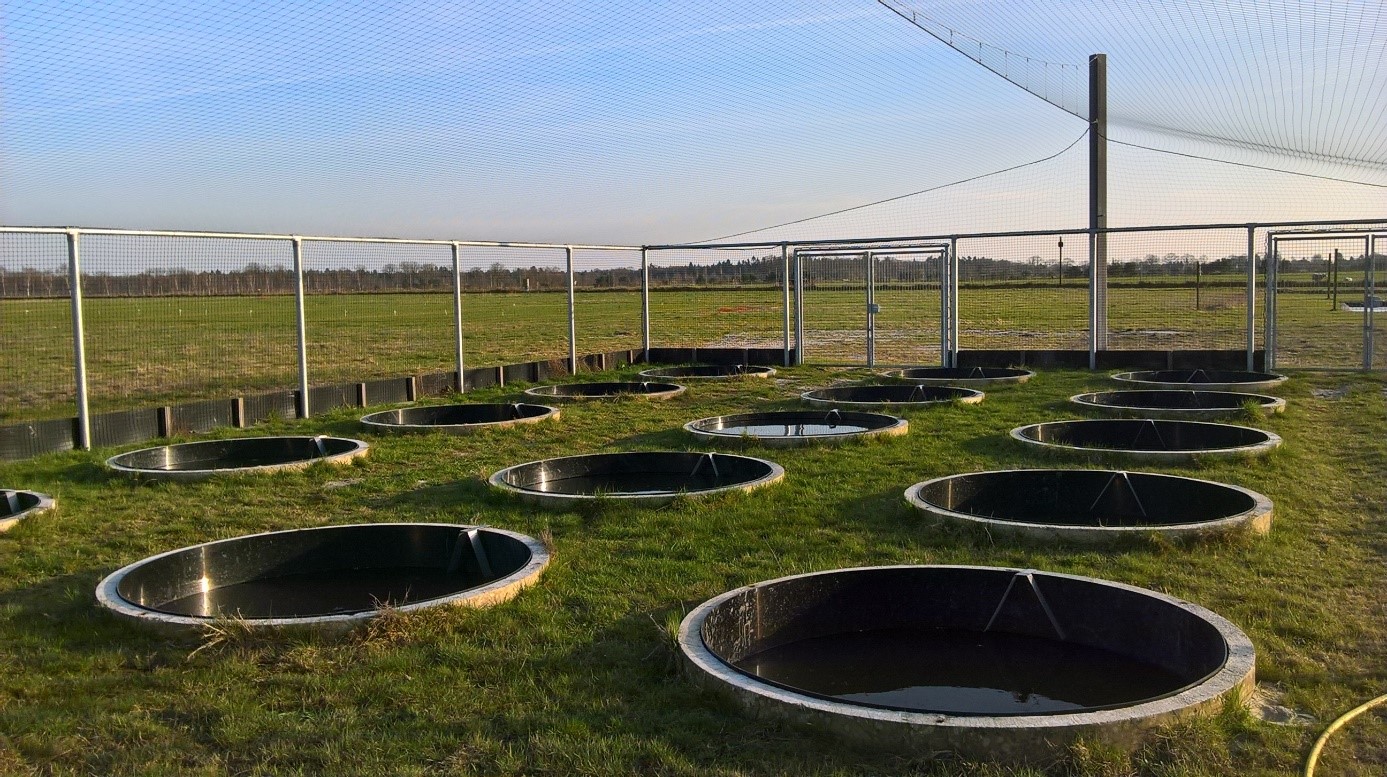
Mesocosms - Round concrete type
Round concrete experimental mesocosms are available for testing chemicals. This system comprises twenty-eight round concrete experimental ponds, with a diameter of 2.2 m and a depth of 0.8 m. These systems also allow the testing of more persistent chemicals, since these systems can be cleaned and re-installed in a cost-effective way.
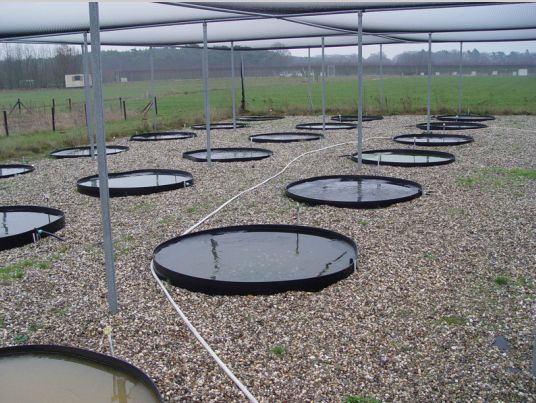
Mesocosms - Round polymer type
Round polymer experimental mesocosms are available for testing chemicals. This system comprises 32 round polymer experimental ponds, with a diameter of 1.2 m and a depth of 0.7 m. These systems can also be used in the testing of more persistent chemicals since these systems can be cleaned and re-installed in a cost-effective way
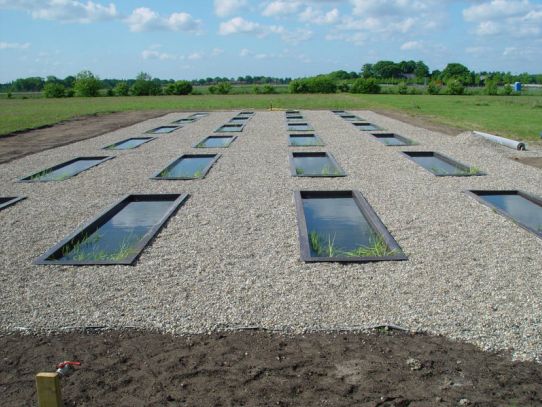
Mesocosms - Variable depth type
Rectangular cosms with three plateaus at different depths can be used for experiments. 24 rectangular experimental ponds have three plateaus with differing depths: shallow (20 cm), intermediate (50 cm) and deep (90 cm). These systems are typically used in experiments with macrophytes since the different sections provide good habitats for a wide range of different plants (e.g. emergent plants, plants rooting in shallow water, submerged plants). These test systems also make it possible to study the impact of chemicals on a more diverse aquatic community, including littoral and pelagic organisms.
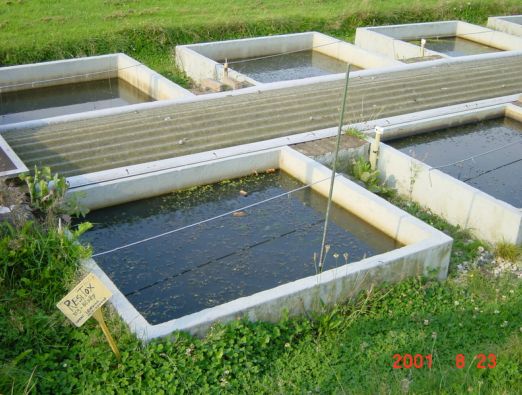
Mesocosms - Square type
Square concrete experimental mesocosms can be used for testing chemicals. There are 20 square concrete experimental ponds, with a length of 140 cm, a width of 120 cm and a depth of 80 cm. These systems can also be used in the testing of more persistent chemicals since they can be cleaned and re-installed in a cost-effective way.
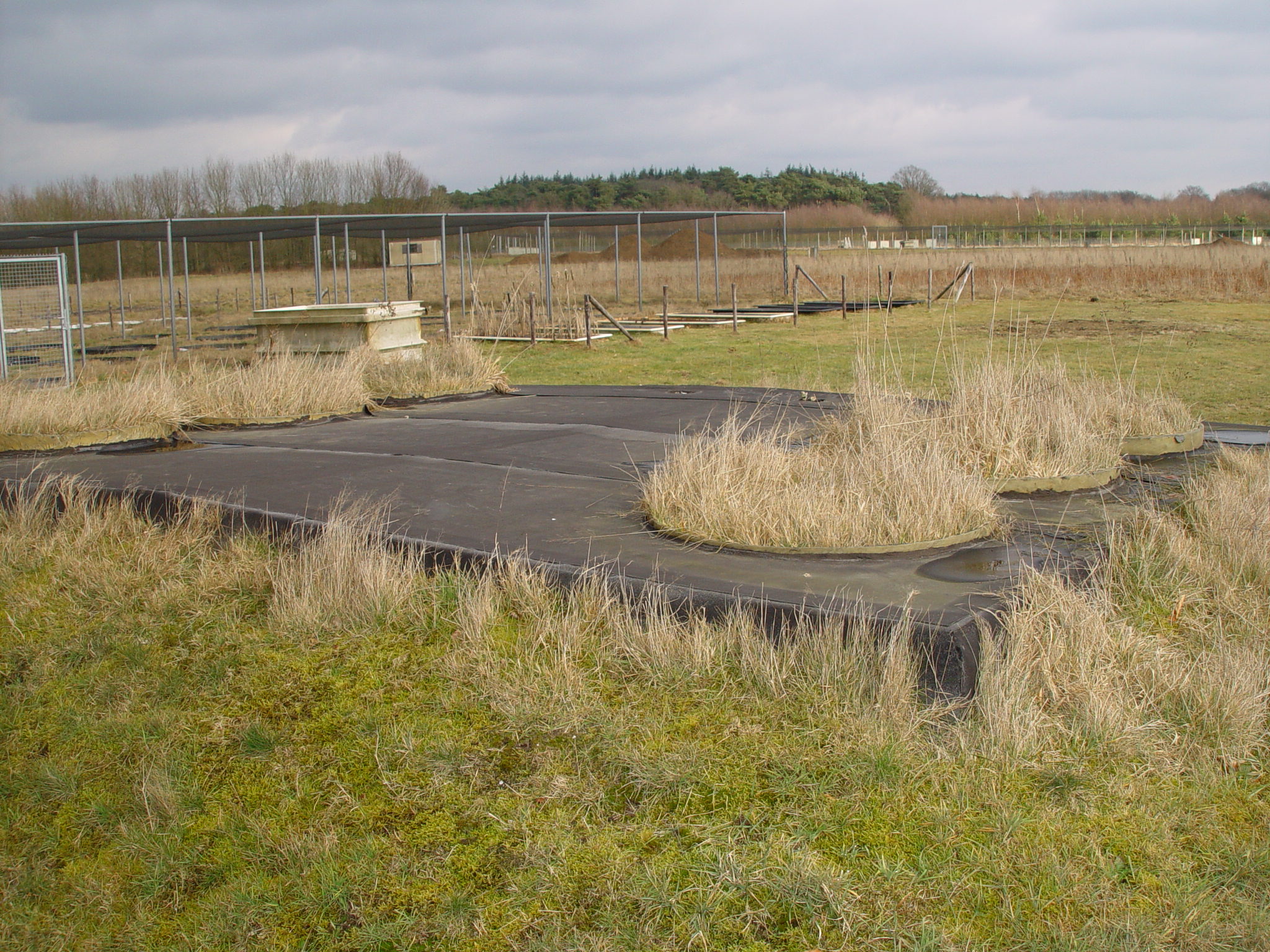
Lysimeters
Different lysimeters can be used for terrestrial or aquatic research. Thirty square lysimeters can be used in either terrestrial or aquatic research (lined with plastic bags). The systems are 1.4 m by 1.4 m wide and 2.5 m deep. There are six round lysimeters which can be used for terrestrial experimentation only. The columns are 3.3 m deep and have a diameter of 0.8 m. The columns are presently filled with a sandy soil; three of these columns contain calcareous soil and three columns are poor in lime.
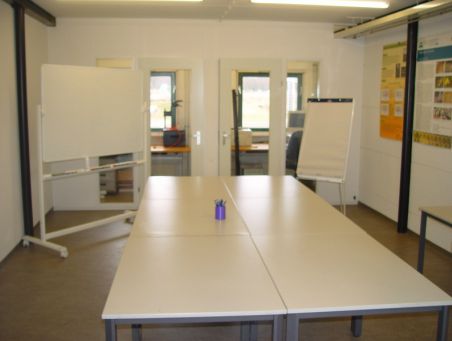
Meeting facilities
In addition to the experimental facilities the Sinderhoeve also provides modest meeting facilities. The meeting room accommodates approximately 16 to 20 persons; a projection screen, whiteboard and flip chart are available. Access to the internet is available through a moderate ADSL connection. The small kitchen provides facilities for coffee and tea, and is equipped with a microwave. There are special rooms for parts of GLP experiments (e.g., the identification of macroinvertebrates) and a small laboratory is available for basic lab work.